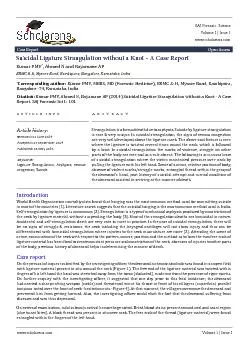PPT-Strangulation of Women Kathryn
Author : kittie-lecroy | Published Date : 2018-09-24
Laughon PhD RN FAAN Associate Professor University of Virginia School of Nursing Strangulation Statute 182516 Strangulation of another penalty Any person who
Presentation Embed Code
Download Presentation
Download Presentation The PPT/PDF document "Strangulation of Women Kathryn" is the property of its rightful owner. Permission is granted to download and print the materials on this website for personal, non-commercial use only, and to display it on your personal computer provided you do not modify the materials and that you retain all copyright notices contained in the materials. By downloading content from our website, you accept the terms of this agreement.
Strangulation of Women Kathryn: Transcript
Download Rules Of Document
"Strangulation of Women Kathryn"The content belongs to its owner. You may download and print it for personal use, without modification, and keep all copyright notices. By downloading, you agree to these terms.
Related Documents














